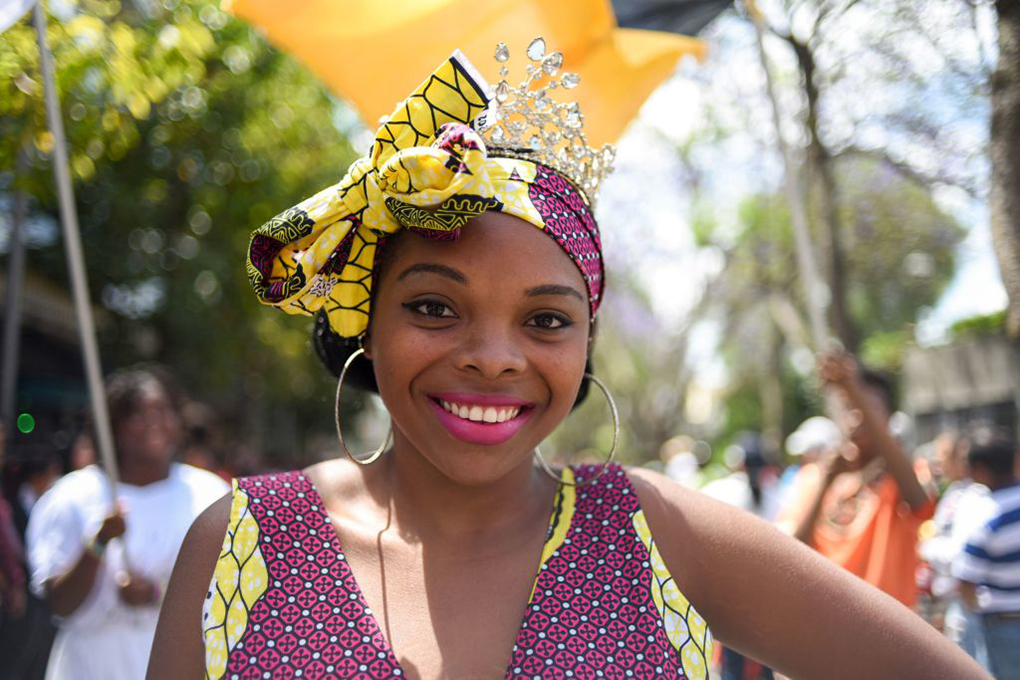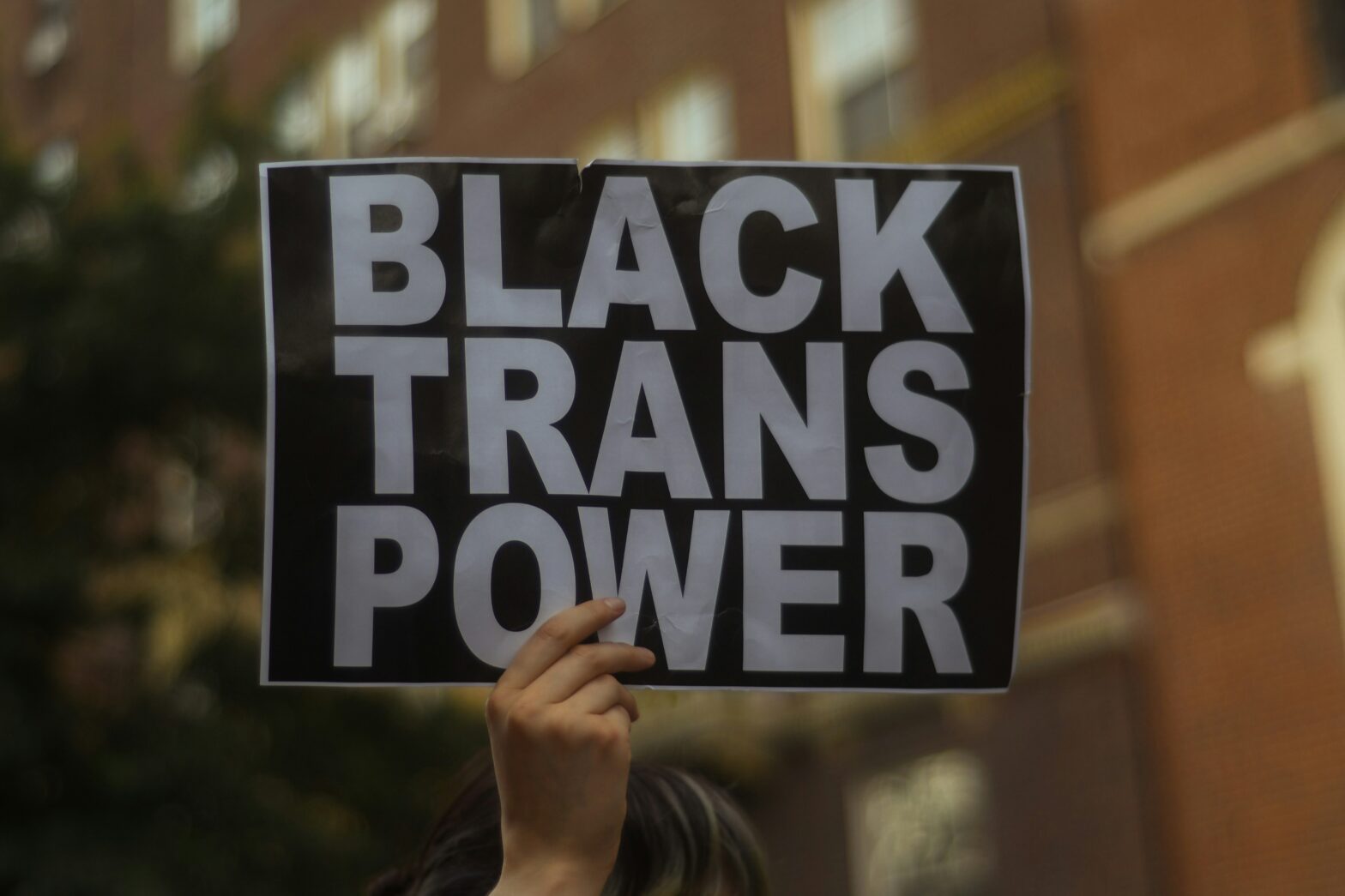If you didn’t know, Livingston is where Garifuna culture still exists in Guatemala, in Central America. Garifuna settlements exist in Honduras, Belize and Nicaragua on the Caribbean coast.
The little- known though powerful Garifuna settlement in Livingston is a testament to the distinct Garifuna commitment to preserving roots and identity. This is certainly why many Garifuna people in the region pride themselves on Afro-Guatemalan roots, those in Livingston included. The Caribbean coast of Central American countries often feels like a completely different world. This is most noteworthy in Guatemala where most travelers expect to see lush mountainous terrain, cowboy boots, echoes of Mayan civilization and Antigua’s colonial town nestled between picturesque volcanoes. In the easternmost part of the country, a completely different culture exists.
The Garifuna population in Livingston descended from Africans who were being forced on transatlantic journeys when a boat from Nigeria was shipwrecked in 1653. The shipwrecked ship near the island of St. Vincent was taken as an opportunity for those aboard to escape the realities of slavery awaiting them on the intended end of the journey. They soon inter-married with those indigenous to the island, the Caribs, and set up life in St. Vincent.
The history of Garifuna culture in Guatemala, Livingston
After a period of undisturbed colonial activity, the Garifuna were eventually confronted by the British who landed on the island. When the British invaded St. Vincent in the 17th Century, they tried many times to capture the Garifuna. The Garifuna prevailed until 1796 when, with help from the French, the British forced the Garifuna to leave for Roatán, an island in Honduras.
After expanding, many Garifuna traveled across the coast settling in various Garifuna settlements on the Caribbean coast of Central America. A prominent settlement being Livingston, in Guatemala.
This now home to the Garifuna in Guatemala is a small, quintessentially Caribbean coastal fishing village. In the 1970s, Livingston’s Garifuna population was around 10,000 and has dwindled to around 4,000 today. They maintain and in fact archive their history and heritage through the Garifuna language, food and endless preservation of cultural traditions – dance included.
Thomas Vincent Ramos, a Garifuna civil rights activist implemented the official black, white and yellow Garifuna Flag. Today, the Garifuna language is a mix of Arawak, Carib, French, English and Spanish. The language owes much to original African roots and languages too.
Many Garifuna people report discrimination in Livingston, explaining that there are few jobs in the port town. More so, the culture of farming and fishing is vanishing because many are migrating and not maintaining the culture. One way the Garifuna celebrate their livelihood and incredible history is by celebrating Garifuna Day on November 19, an annual celebration held in Belize and Livingston.
References: https://www.donquijote.org/guatemalan-culture/traditions/the-garifuna/
https://www.reuters.com/article/us-guatemala-garifuna-idUSTRE5AP41Q20091126
https://www.officeholidays.com/holidays/belize/garifuna-settlement-day





